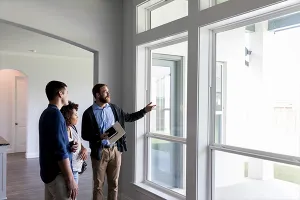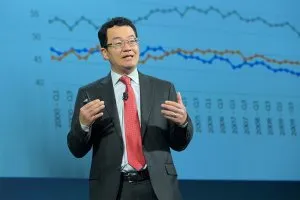
Homeowners are showing more willingness to add solar panels as installation costs drop. Many industry observers have turned an eye toward California, which has mandated their installation on most new construction.
In 2020, California became the first state to require that newly built homes, with a few exceptions, must include a rooftop solar system.
“This mandate normalizes the idea of solar panel as acceptable to regular homeowners, but it will be a long time before mandates are considered by other states except for the most progressive ones,” Elizabeth Beardsley, senior policy counsel with the U.S. Green Building Council in Washington, told The Washington Post.
Most times, home buyers and homeowners are more motivated to install solar panels for potential savings in utility costs. Homeowner Mike Rain in Fairfield, Calif., told The Washington Post that he and his wife went from paying $50 to $80 per month for electricity on their previous home to paying nothing because their new home has solar panels on the roof.
Even as prices for solar installation fall, it can still be a costly expense for homeowners. The average cost to install a residential solar system is $20,000, according to the Solar Energy Industries Association. Homeowners do often have the option to purchase a solar panel system or lease it.
“You can calculate the payoff time for installing solar panels by looking at incentives, utility bills, and how much you may get paid for excess power that your home generates,” Beardsley told The Washington Post. “For example, where I live in Virginia, it would take 20 years for the installation to pay for itself, but if I lived in D.C., it would only take six years because of their incentives.”
Tax credits—whether local, state, or federal—can help offset some of the installation costs. The federal residential solar energy tax credit allows homeowners to claim 22% of the cost of installing a solar panel system in 2021.
The cost-effectiveness of solar panels depends on the local price of electricity, the price utility companies pay residents for any excess electricity generated, the solar panel installation cost, the amount of sun the panels receive, and the orientation of the panels, according to a study conducted last year by the Home Innovation Research Labs at the National Association of Home Builders.
The use of residential solar power is growing, experts say. “The biggest factor is the extreme decline in the cost of installing a solar panel system,” Kevin Wilson, national vice president of strategic sourcing and sustainability for Tri Pointe Homes in Los Angeles, told The Washington Post. “At the same time, the cost of electricity is extremely high in California. Those two factors coupled to accelerate homeowner interest in solar panels. In addition, as they become more common, there’s less pushback on how it looks. That’s a nonissue now, but in the past, some homeowners only wanted them in the back of the house where they couldn’t be seen.”








